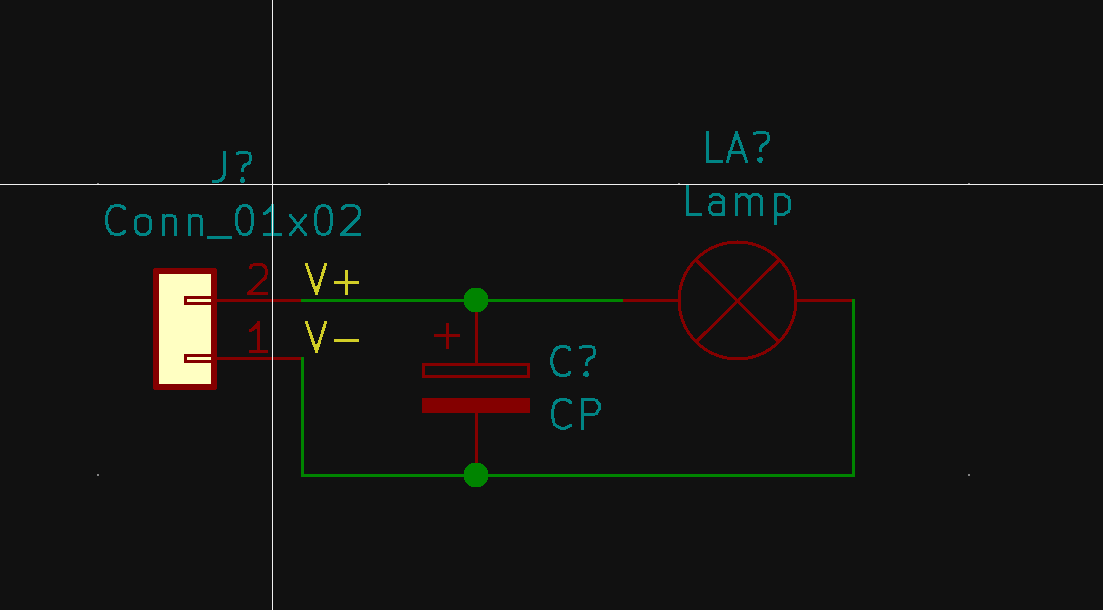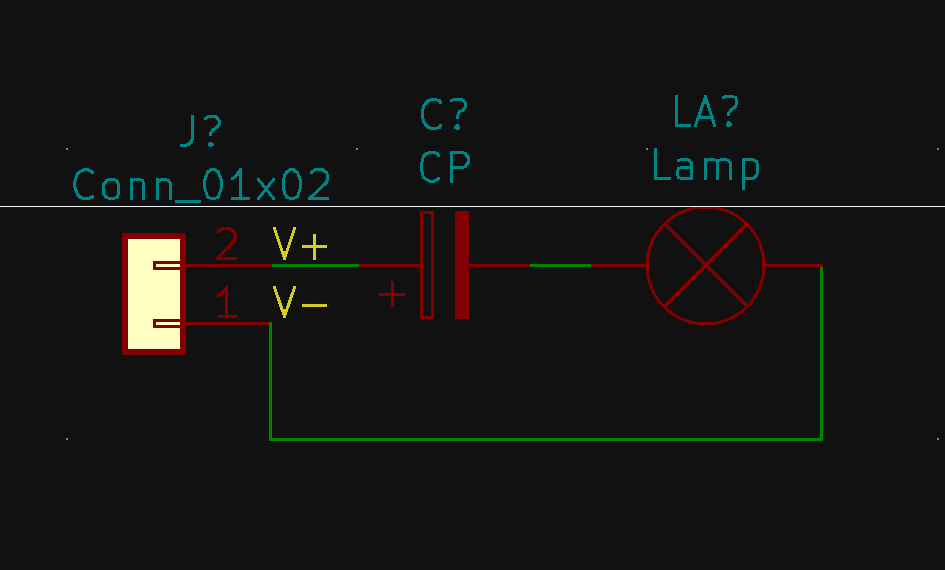Among other things to kick off the endless freak show that was 2020, along about March a spring thunderstorm came along that nailed a power line just down the street from my house. I was home at the time. That was one really big boom, and an instant blinding flash of light coming in every window.
First discovery was that the fuse disconnect from the power pole to the ground-mount transformer had blown. I never saw any broken trees or char-marks on the ground, but the strike must have been close.

After power was restored the second discovery was the death of about $150 in computer equipment. An old HDTV monitor, one cheap graphics card (just the card, not the PC. go figure), and two network switches. All of which were attached to various UPS’s at the time.
So here we are one year later and the spring thunderstorms are starting up again. I decided it’s time to add more protection to things, but I’m glad I didn’t get around to this until reading the Polyphaser book mentioned elsewhere.
Why I’m convinced whole-house surge suppressors are the way to go
There are three primary types of surge suppression device in use today: The metal-oxide varistor [MOV], the gas-discharge tube, and so-called ‘active’ silicon devices (usually SCR’s and the like).
The MOV is the default in just about every plug-in surge suppressor on the market. The MOV’s resistance decreases with applied voltage, and can do so with a reasonably fast response time usually limited by the lead inductance more than the device itself.
The biggest downside to MOV’s is the fact that smaller surges can kill them slowly. They die a little bit every time they conduct to ground. It’s common to find in the American south-east a surge protector that failed to protect connected equipment from a major surge, primarily because the unit has been hit by years of smaller, un-noticed surges that reduced the MOV’s effectiveness until the big one came.
The gas-discharge tube is a physical gap between two electrodes between a line and ground, filled with a gas and spaced such to have a very specific voltage breakdown, above which the tube will short the excessive voltage to ground. It’s response time to a surge is higher than an MOV, but they will last just about forever. They are most common on lines that do not carry high current, such as telephone/ethernet lines and coax cables.
Protection device number 3 is what seems to be referred to under the broad category of ‘active silicon’. I gather this is primarily some combination of SCR’s, Triacs, or SAD’s [silicon avalanche diode], but whole-house SPD manufacturers don’t seem to want to post schematics of what’s inside the un-openable boxes.
This is the common method for surge protection that handles both high surge currents, and deals with ‘whole-house’ or similar protection of an entire breaker panel. Advantages are response times as-fast or faster than MOV’s, they will survive repeated smaller surges and still survive, and maybe most importantly they can cover a fault-type not covered by other surge devices.
Line-to-line faults
While rarer than a typical ‘line-to-ground’ fault, line-to-line faults can occur if a surge arrives near the precise moment the AC voltages are at their peak- in the USA at least, that would mean each line is near +/- 170V respectively. This is a point where the lowest impedance path the lightning strike sees can be between the hot wires instead of from a hot line to ground or bonded neutral. The resulting damage to down-line equipment can be the same, and if it happens near the outlet your computer is plugged into a typical MOV surge suppressor won’t be able to do anything about it.
Well enough rambling about the why’s, here’s what I did about it:
The Siemens FS140 SPD

While there are certainly much cheaper SPD’s on the market, protective equipment isn’t something where ‘good enough’ is a phrase I want to hear. If I feel it’s worth doing to protect expensive equipment, it’s worth doing right. Enter the FS140.
There are 3 models available, in 60kA, 100kA, and 140kA ratings. Some of the marketing literature listed those ratings in order of ‘house size’… which is bizzare. The surge coming into the building is or is not greater than the device’s rating. None of which has anything to do with your house size. Well anyway…
So I bought the 140kA rated version for $178. One of the highest-rated (and most expensive) universal SPD’s I could find. It compatible with any power panel, as it mounts externally and requires wiring to a dedicated 20-amp 2-pole breaker (as close to the main breaker as possible).
A flush-mount kit is available if you want it in a wall, although you should make sure the front is inspect-able to view the LED indicators. It is also an outdoor rated enclosure, should it need to go outside at a disconnect. I’d probably build it a little roof to protect it from UV exposure anyway.
This first one is going in my shop, which has a separate meter/service entrance than the house. The house will get one too, but that will come later as I’m unwilling to deal with the in-wall rats-nest of wiring and nonsense I’ll have to sort through to get it in there.
So here’s the quick install
If you’re qualified to work in a breaker panel or install an outlet, you can install this thing. It’s nothing special. (and if you arn’t qualified well, go find someone who is.)

Plenty of room here, so we’ll put this breaker in the upper right space. Upper left is saved for a generator inlet that I’ll get to eventually.
The shorter the wiring to the SPD, the better. Do not add wire nuts to this. I know, this isn’t a cad-welded ground connection like you might see on a cell-tower but still, connections are the most likely point to fail during a lightning strike so don’t add any.
I’ll put this in the lower right of the panel with a short 3/4 rigid conduit nipple. That’s about half way from the breaker in the upper right to the ground/neutral bars on the left side of the panel.

Marking wires with sharpie and electrical tape works ok, but now I’ve got this fancy label maker and an excuse to use it.

That’s right- printable heat-shrink tubing!

I should have gotten another inside shot before I buttoned it up, but it was dark at the time…
Here it is online:

Green is all-good. A red light and alarm will turn on if it detects either a ground-neutral bond fault or (most importantly) if it’s been killed by a significant surge and no longer operable.
So I’m feeling good about this install. Can’t review if it protects from surges or not yet, obviously. Not willing to go outside with a kite next rain-storm, but so far so good.

